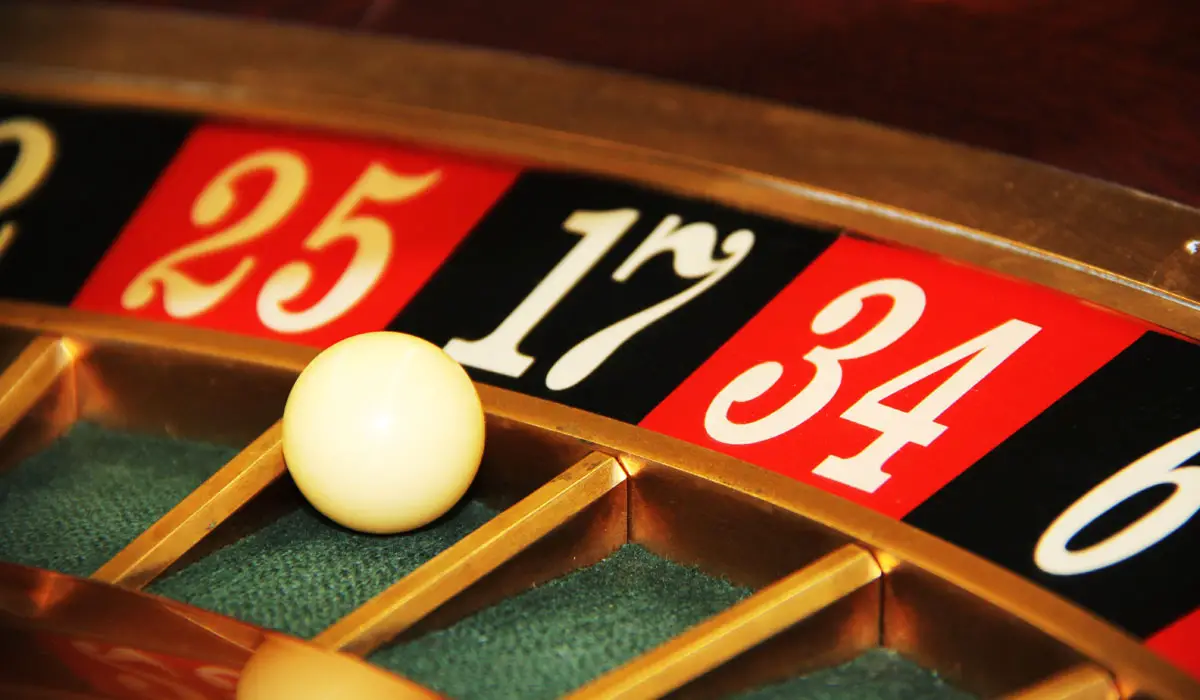Unravelling the Physics of the Roulette Wheel

Since its creation in 18th century France, the roulette wheel has captivated players with its mesmerising spins and tantalising possibilities. Behind the allure of this iconic casino floor fixture lies a fascinating world of physics, engineering and pure chance.
In this article, we’ll explore the origins of the roulette wheel, understand how modern-day roulette wheels are made, explain the mechanics of their operation, and touch on the phenomenon known as wheel bias.
The origins of the roulette wheel
The roots of the inaugural roulette wheel can be traced back to 18th century France, where mathematician and inventor, Blaise Pascal, is credited with devising an early form of the roulette wheel while attempting to conceive the world’s first perpetual motion machine.
The modern roulette wheel as we know it today emerged in the late 19th century, following the introduction of single-zero (European) and double-zero (American) roulette games. Both European and American Roulette tables remain incredibly popular today and are prominent in the library of titles available to play casino roulette at Paddy’s, alongside some of the latest live dealer roulette games which bring authentic casino floor experiences to any device.
The construction of modern-day roulette wheels
Today’s roulette wheels are meticulously crafted to exacting standards to ensure fairness and randomness in your gameplay. Typically made from wood, metal or a combination of materials, the construction of a roulette wheel begins with the creation of the wheelhead, which contains the numbered pockets where the ball lands.
The wheelhead is mounted on a spindle and connected to the rotor, which is responsible for spinning the wheel.
The numbered pockets on the wheelhead are alternately coloured red and black, with the single zero (and double-zero) pockets coloured green. Each pocket is precisely sized and positioned to ensure uniformity and randomness in the distribution of outcomes.
How today’s roulette wheels work
The operation of the roulette wheel is governed by the laws of physics; specifically, the principles of motion and friction. When the croupier releases the ball onto the spinning wheel, it follows a chaotic trajectory influenced by a string of factors. These include the speed of the wheel’s rotation, the angle the ball is released and the friction between the ball and the wheelhead.
As the wheel begins to slow, the ball loses its momentum and eventually comes to rest in one of the numbered pockets. The outcome of the spin is determined by chance, with each pocket designed to have an equal chance of being the next winning pocket.
Understanding wheel bias
Despite the meticulous construction and calibration of modern roulette wheels, the phenomenon of wheel bias remains a potential factor that can influence outcomes. Wheel bias occurs when imperfections in the wheel or manufacturing defects cause certain pockets to be favoured over others, resulting in a non-random distribution of outcomes.
This bias can be caused by uneven weight distribution, imperfections on the wheelhead or rotor, or simply wear and tear over time. Casinos typically employ stringent quality control measures to test the performance of their roulette wheels to maintain the integrity of their games.
The physics of the roulette wheel is a fascinating subject for anyone interested in technology and how things work. From its humble origins in 18th century France to cementing itself as a casino floor staple, the roulette wheel has seemingly timeless appeal.










